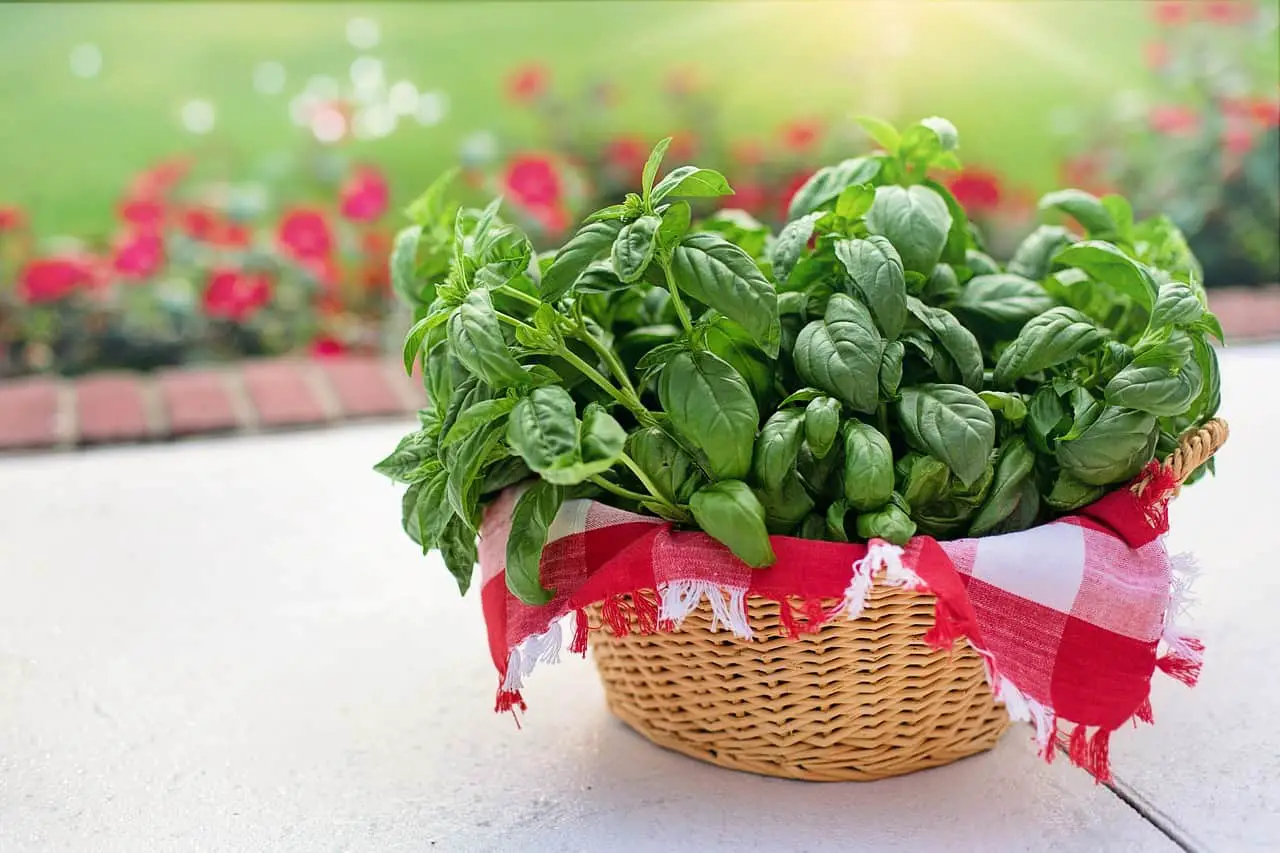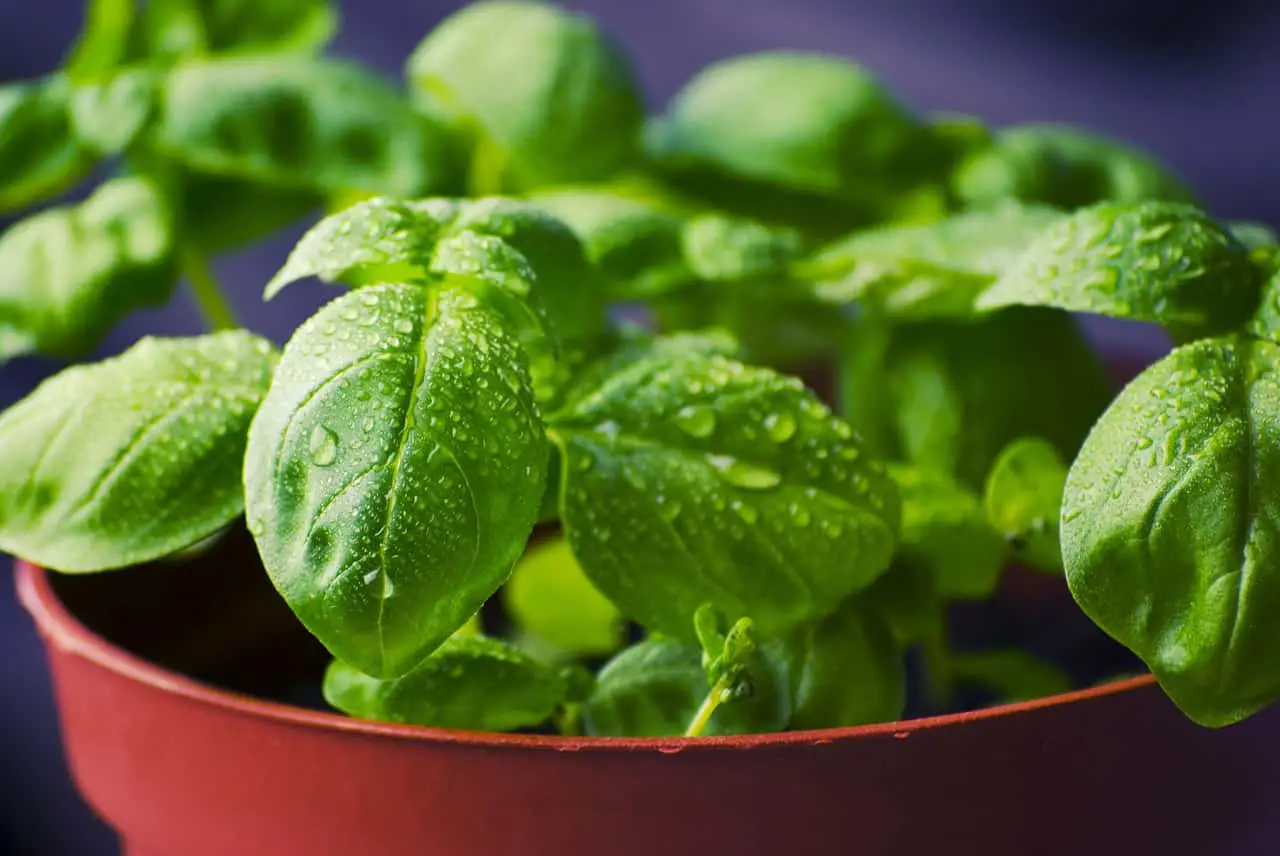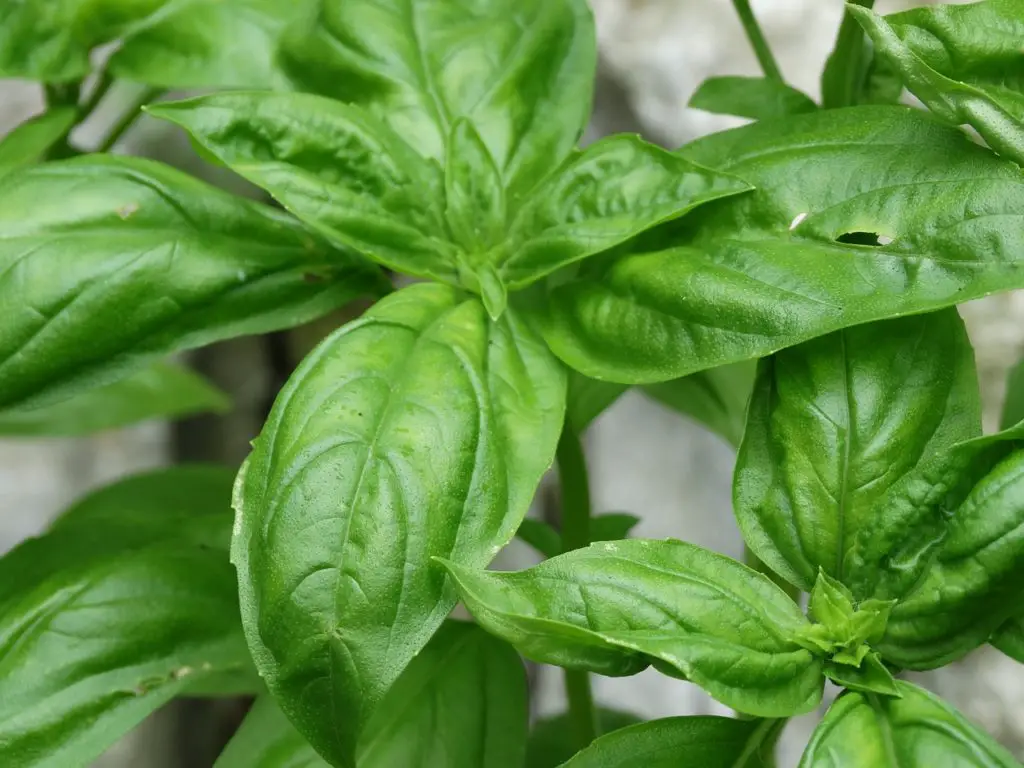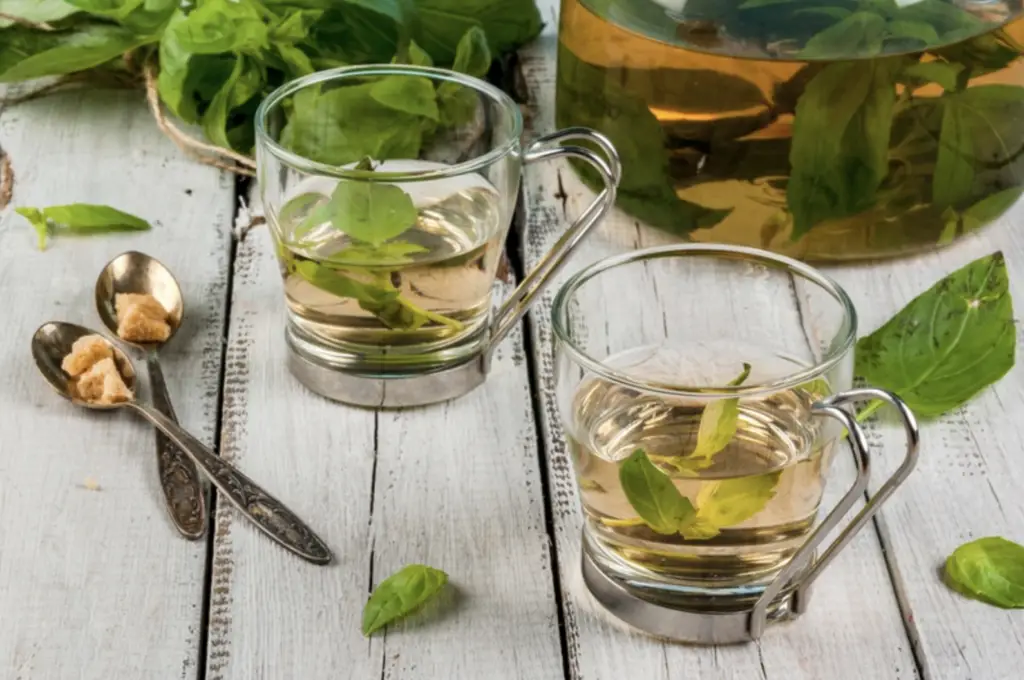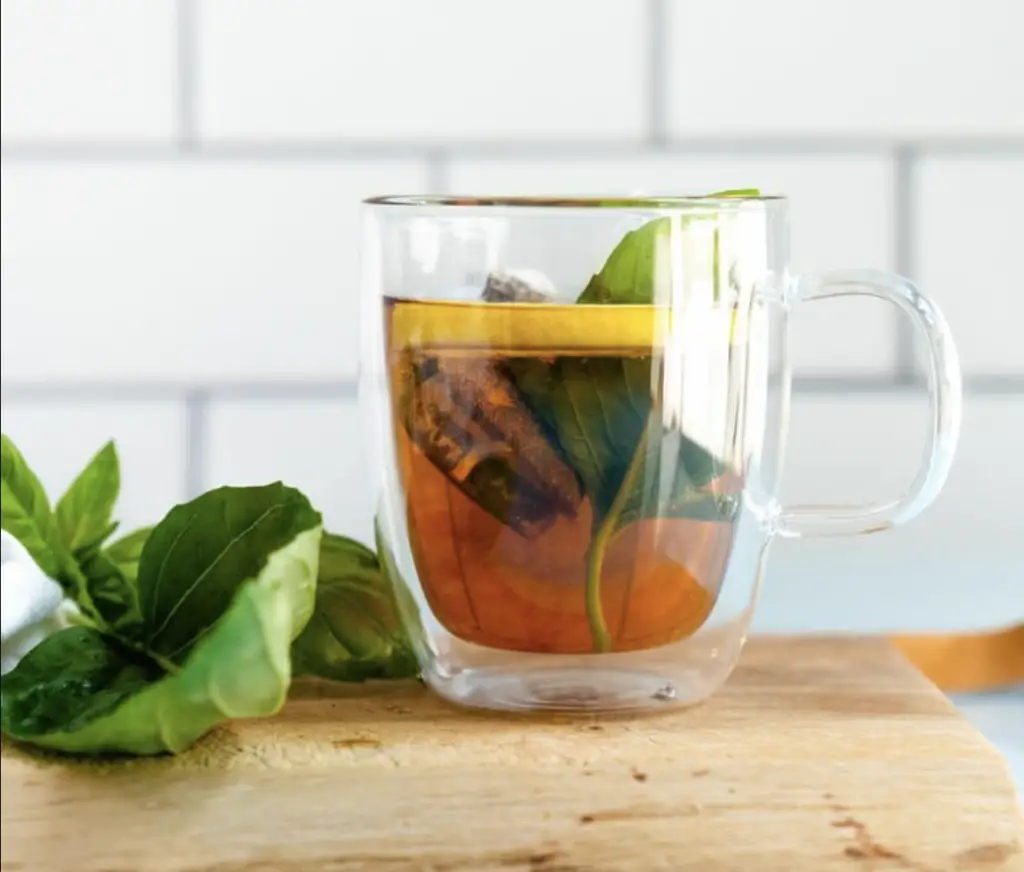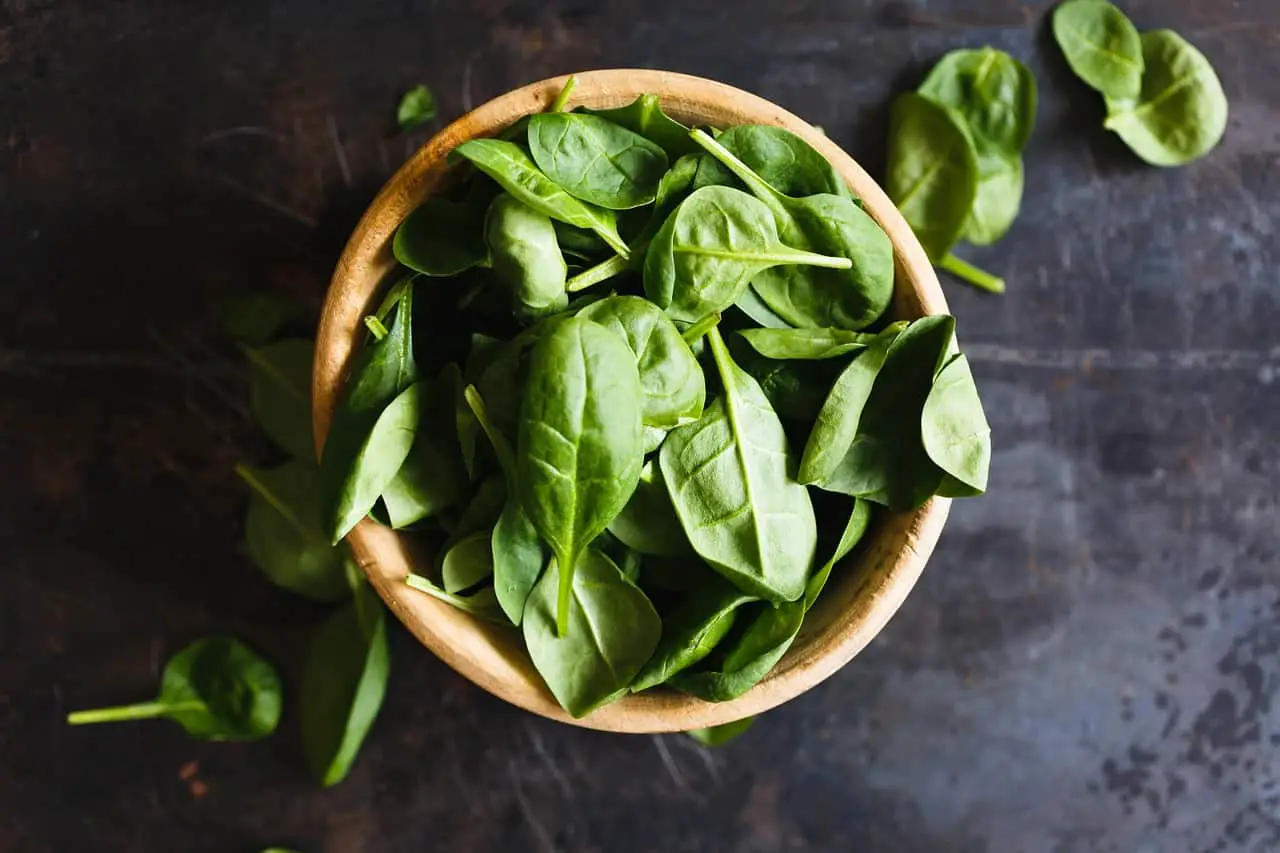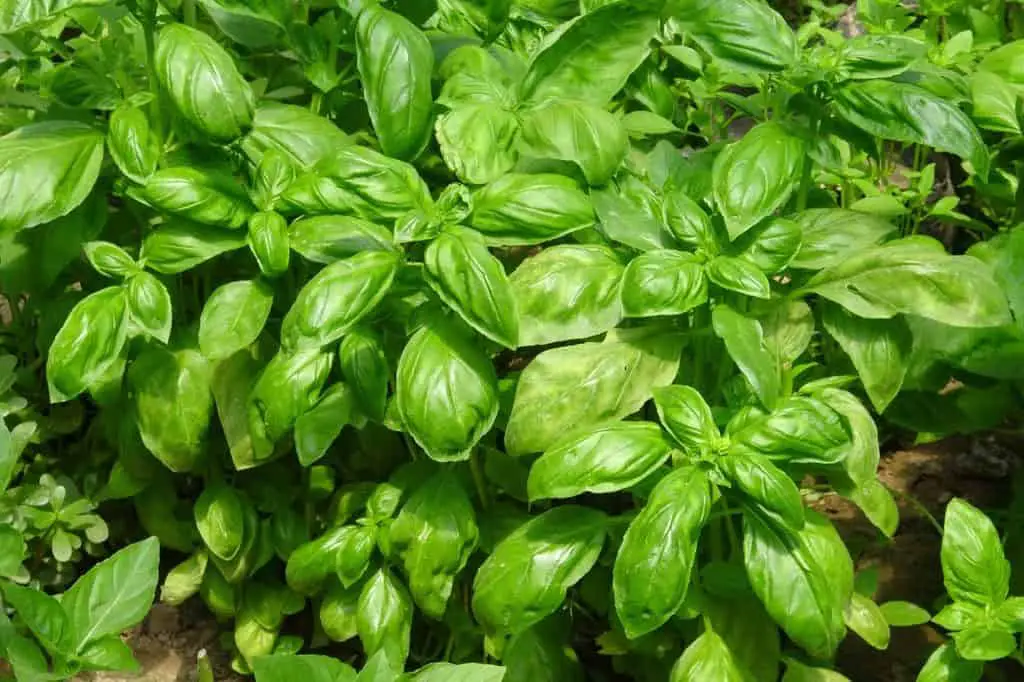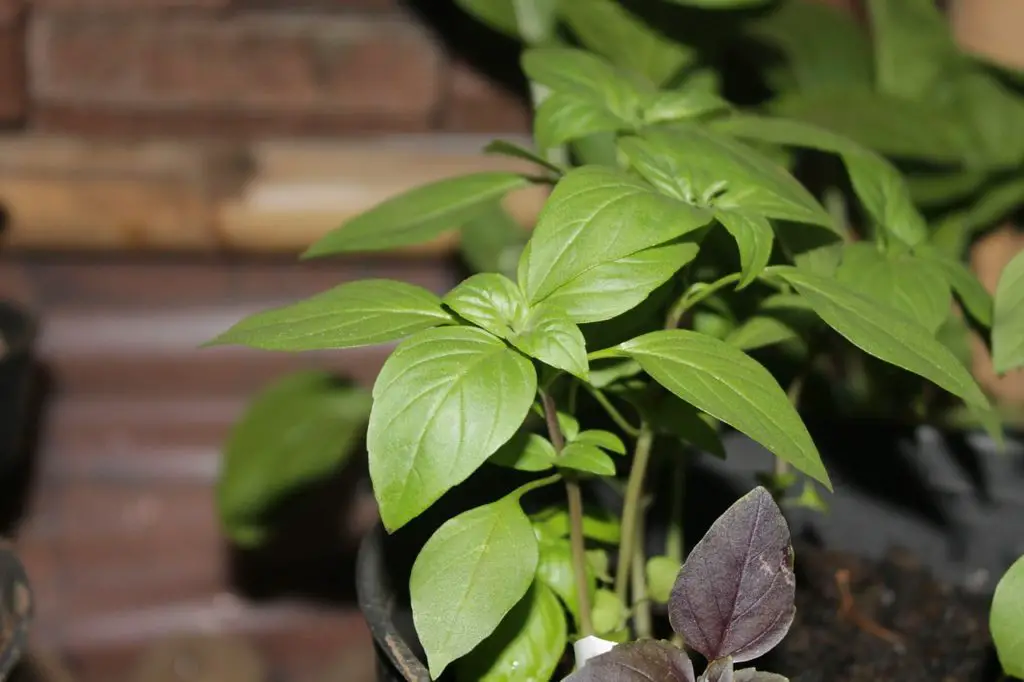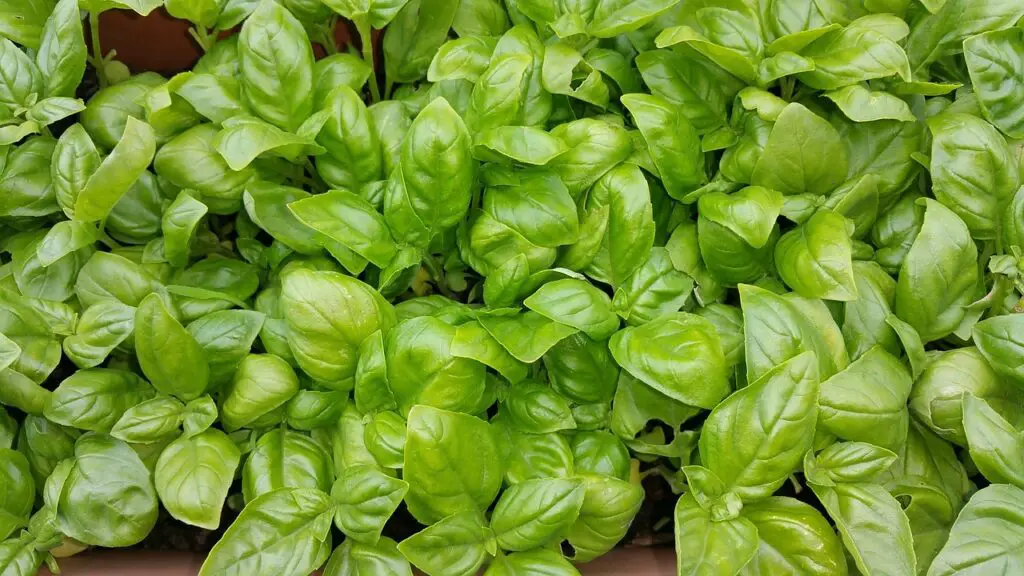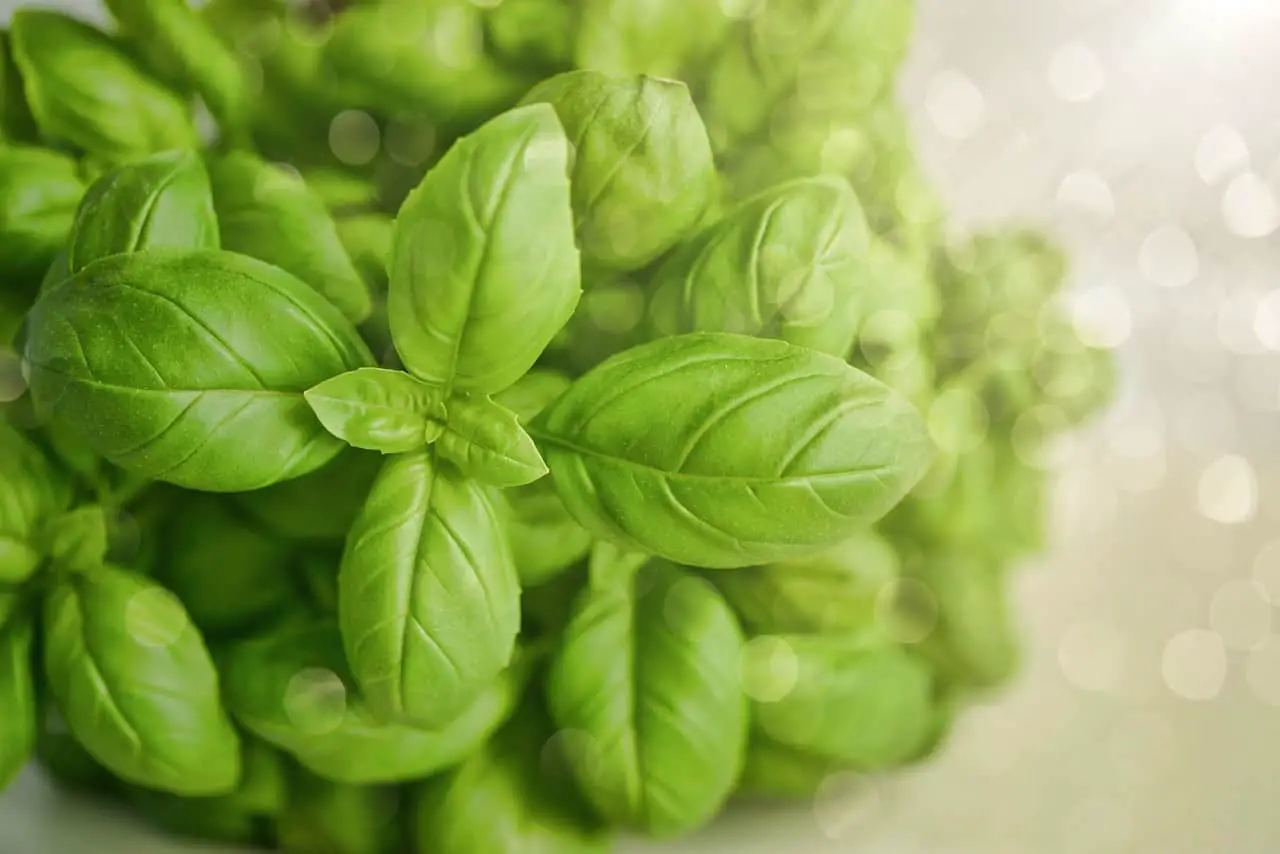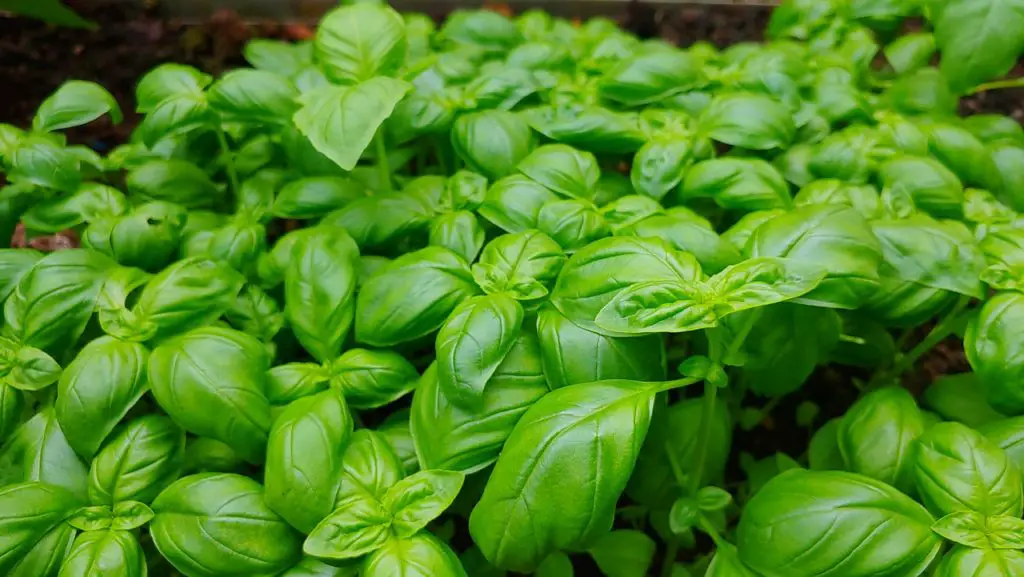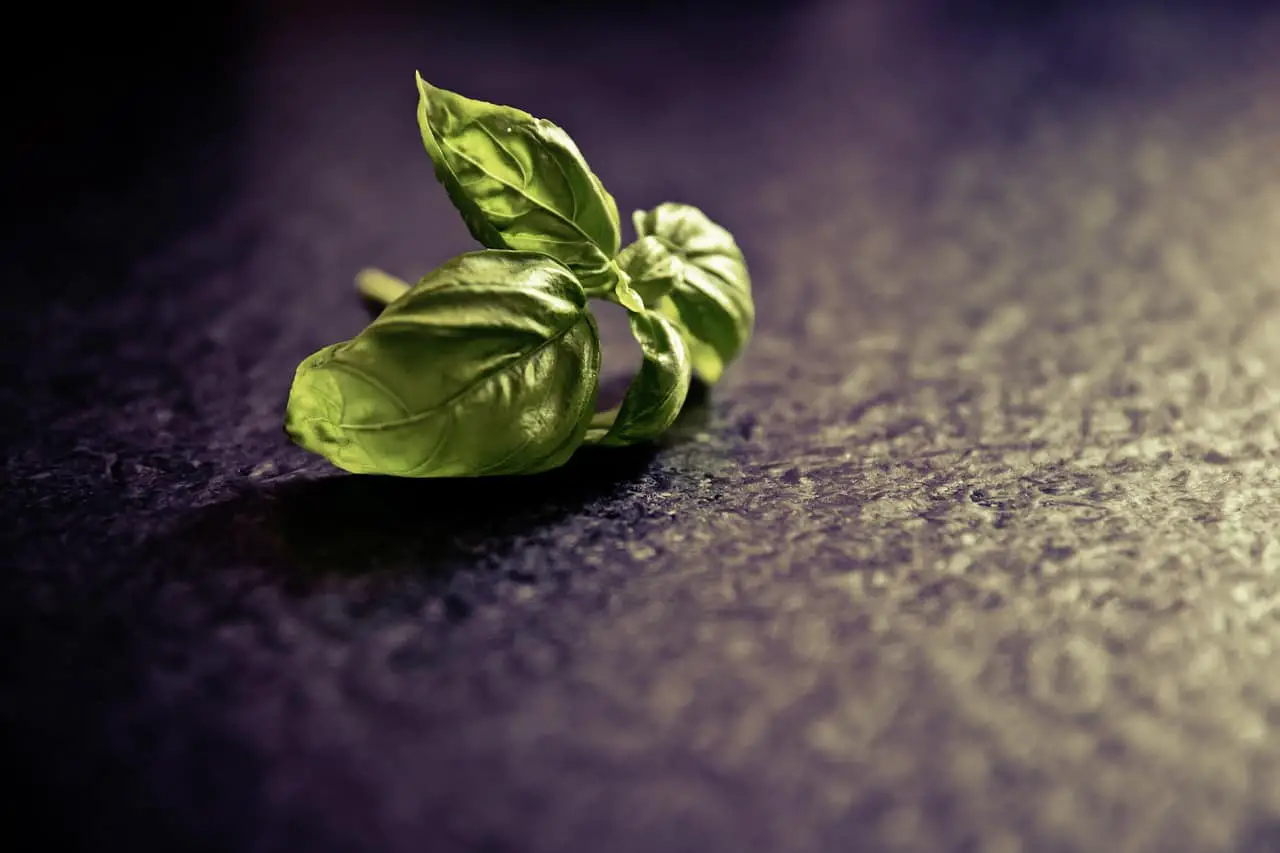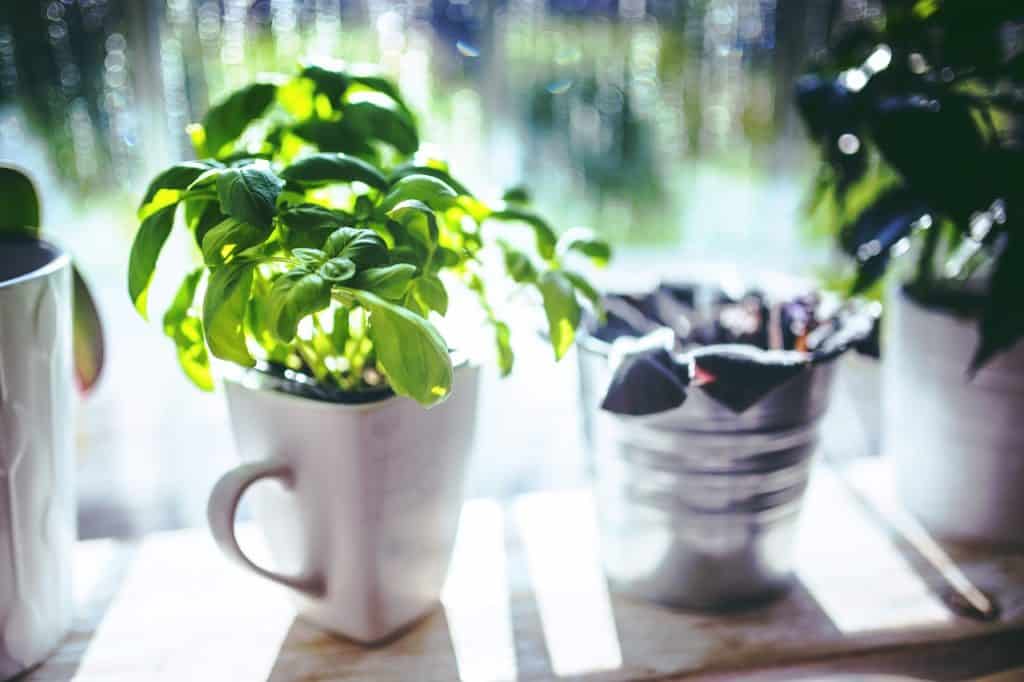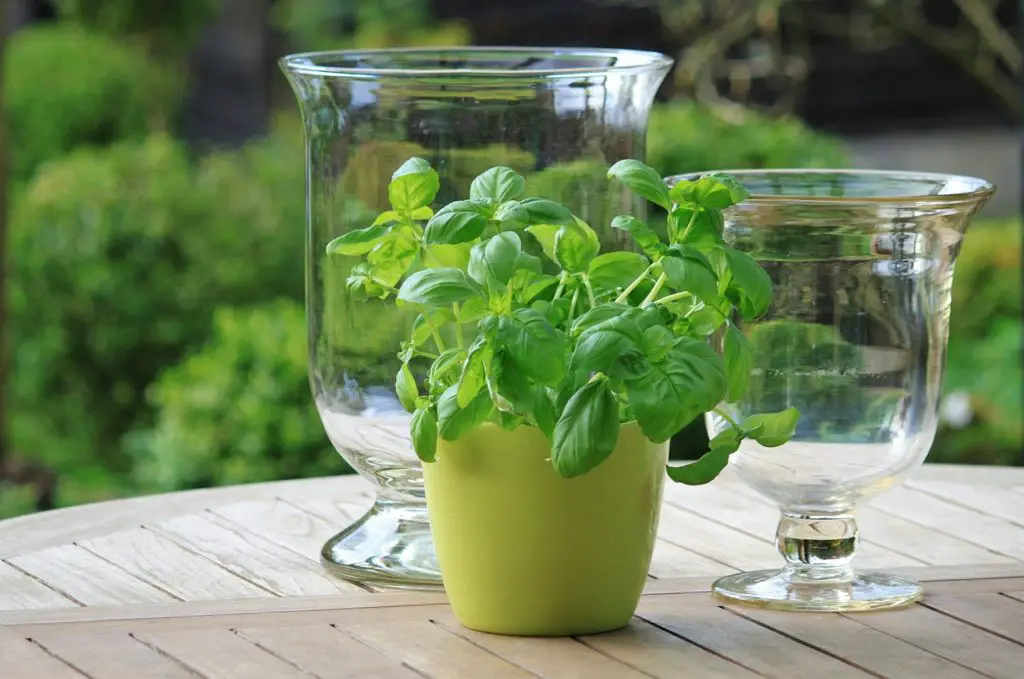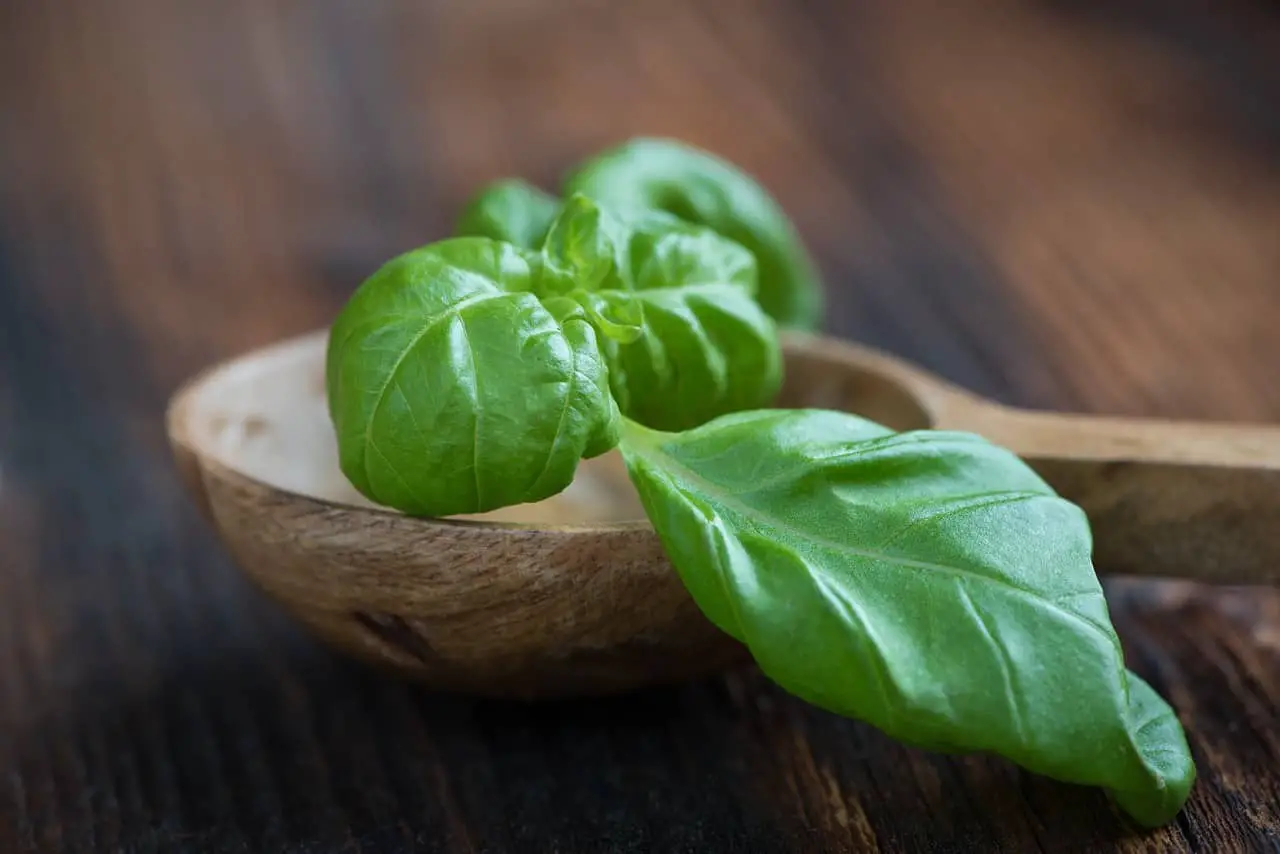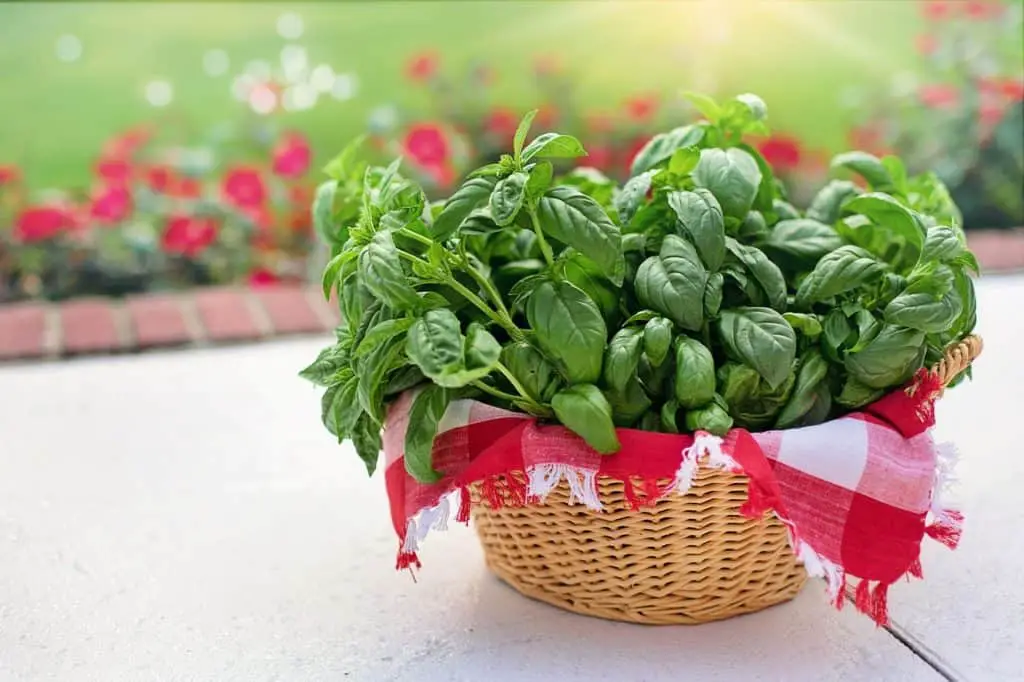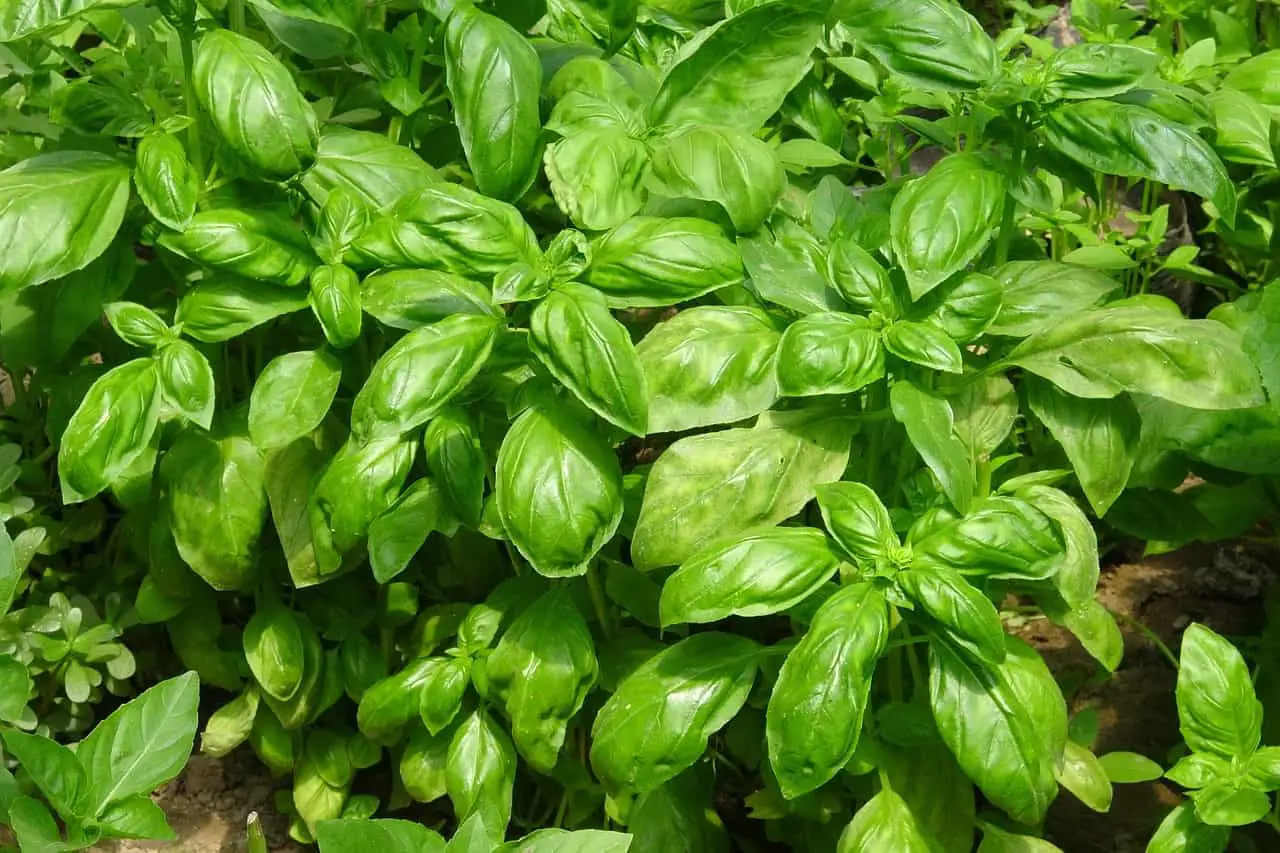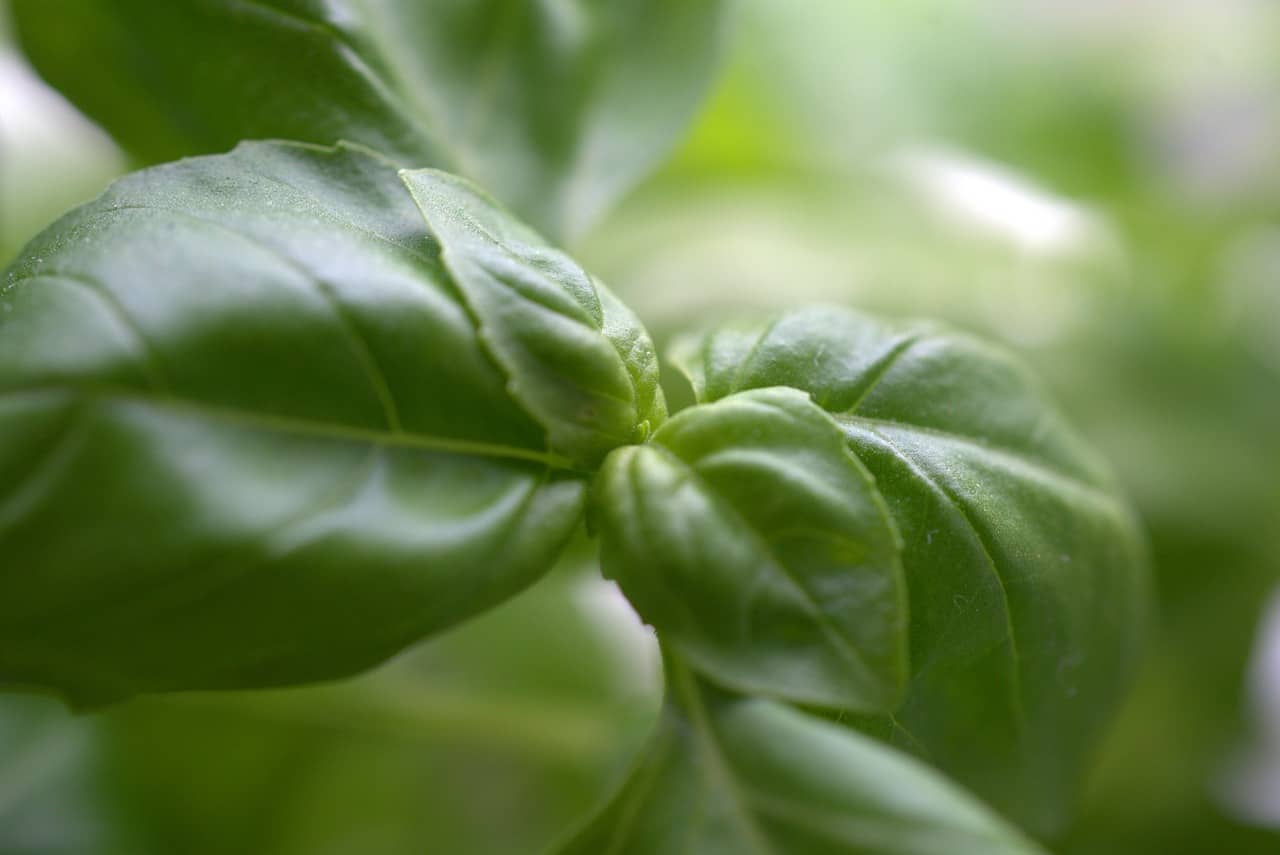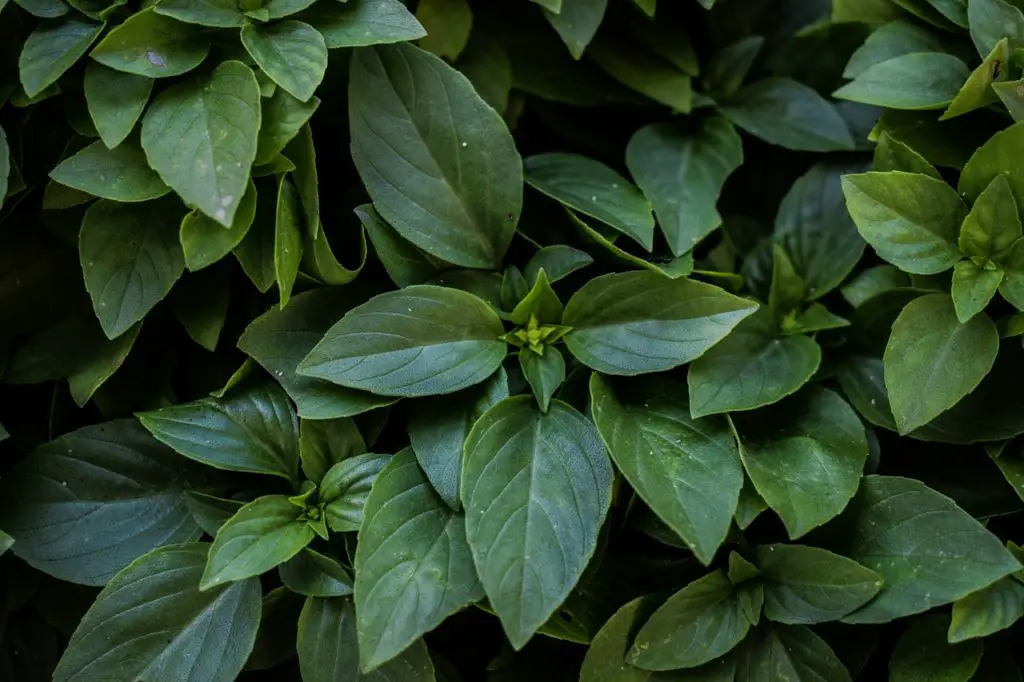
Keeping basil alive and thriving requires understanding its basic needs. This aromatic herb prefers warm conditions and plenty of sunlight, ideally 6-8 hours per day. Plant basil in well-draining, fertile soil to prevent waterlogged roots, which can lead to disease. Regular watering is essential, but allow the soil to slightly dry between waterings to encourage strong root growth. Pinch off flower buds to promote bushier leaf growth and prevent the plant from going to seed. With proper care, including occasional fertilization and ensuring good air circulation, your basil plants can flourish, providing fresh leaves for your culinary creations.
Basil Needs
Spacing Basil Plants
Basil plants, akin to independent spirits, thrive with ample room to grow. A typical pot may contain several seedlings, which, if left unchecked, can lead to overcrowding and stunted growth. To prevent this, consider transplanting them into a larger container or a garden bed, ensuring at least 12 inches of space between each plant to allow for adequate air circulation and sunlight exposure. Alternatively, thinning the seedlings by removing the less vigorous ones, leaving behind 3-4 of the most robust, ensures each has the opportunity to flourish fully.
Basil Needs Sun
Basil, much like an aspiring Broadway star, craves center stage and thrives under the limelight of the sun. When planting basil outdoors, position it away from the overshadowing presence of your house or trees to ensure it basks fully in sunlight. Cultivating basil indoors is also feasible, provided it receives a minimum of 6 hours of sunlight daily. A kitchen windowsill, often bathed in natural light, serves as an ideal spot, nurturing your basil plant into a flourishing, aromatic addition to your culinary arsenal.
Harvesting Basil For Growth
Harvesting basil not only yields fresh herbs for your kitchen but also encourages the plant to produce more leaves. Regularly pinching off the tips of the stems promotes bushier growth and prevents early flowering, extending the plant’s productive life. This practice stimulates new leaf growth, ensuring a continuous supply of basil. Harvesting effectively keeps the plant vigorous, enhancing both the quantity and quality of your basil harvest.
Watering Basil Plants
Watering basil effectively involves maintaining soil moisture without over-saturation. The best approach is to water deeply at the base of the plant, allowing the soil to slightly dry between waterings. Early morning is the ideal time, reducing evaporation and allowing leaves to dry, minimizing disease risk. A consistent, moderate watering schedule promotes deep root growth, ensuring the plant remains hydrated and healthy, conducive to producing aromatic, flavorful leaves.
How To Keep Basil Alive
To keep basil alive, ensure it receives 6-8 hours of sunlight daily, water it when the soil feels dry to the touch, and prune regularly. Plant in well-draining soil and protect from extreme temperatures to promote healthy, vibrant growth.
How To Keep A Basil Plant Alive Indoors
Keeping a basil plant alive indoors involves providing it with ample sunlight, ideally 6-8 hours per day, using a sunny windowsill or grow lights. Ensure the soil remains moist but not waterlogged by watering when the top inch feels dry. Use well-draining soil and a pot with drainage holes to prevent root rot. Regular pruning encourages bushy growth and prevents bolting. Protect from cold drafts and maintain a consistent indoor temperature for optimal growth.
How Do You Keep A Store Bought Basil Plant Alive
To keep a store-bought basil plant alive, place it in a spot with ample sunlight (6-8 hours daily), water when the topsoil feels dry, and ensure good drainage to avoid waterlogging. Regular pruning encourages growth. If in a small pot, consider repotting into a larger container with fresh, well-draining soil.
Where To Keep Basil Plant
Keep your basil plant in a location that receives at least 6-8 hours of sunlight daily, such as a south-facing windowsill. Ensure the spot is warm, with temperatures between 70-80°F. Avoid placing it in drafty areas or where temperatures fluctuate widely to maintain consistent growth.
Maintaining Basil Plant
How To Keep Basil Alive In Winter
To keep basil alive in winter, move it indoors to a sunny, south-facing windowsill ensuring it gets at least 6 hours of sunlight. Maintain indoor temperatures above 60°F and use grow lights if natural light is insufficient. Water sparingly, allowing the soil to dry slightly between waterings, and avoid placing the plant near cold drafts or heating vents.
How To Bring Basil Back To Life
To revive wilted basil, first ensure it’s adequately watered—moist soil is key, but avoid waterlogging. Place the plant in a spot with ample indirect sunlight and trim any dead or yellowing leaves to encourage new growth. If the basil is root-bound, repotting into a larger container with fresh, nutrient-rich soil can also rejuvenate the plant and promote healthier growth.
